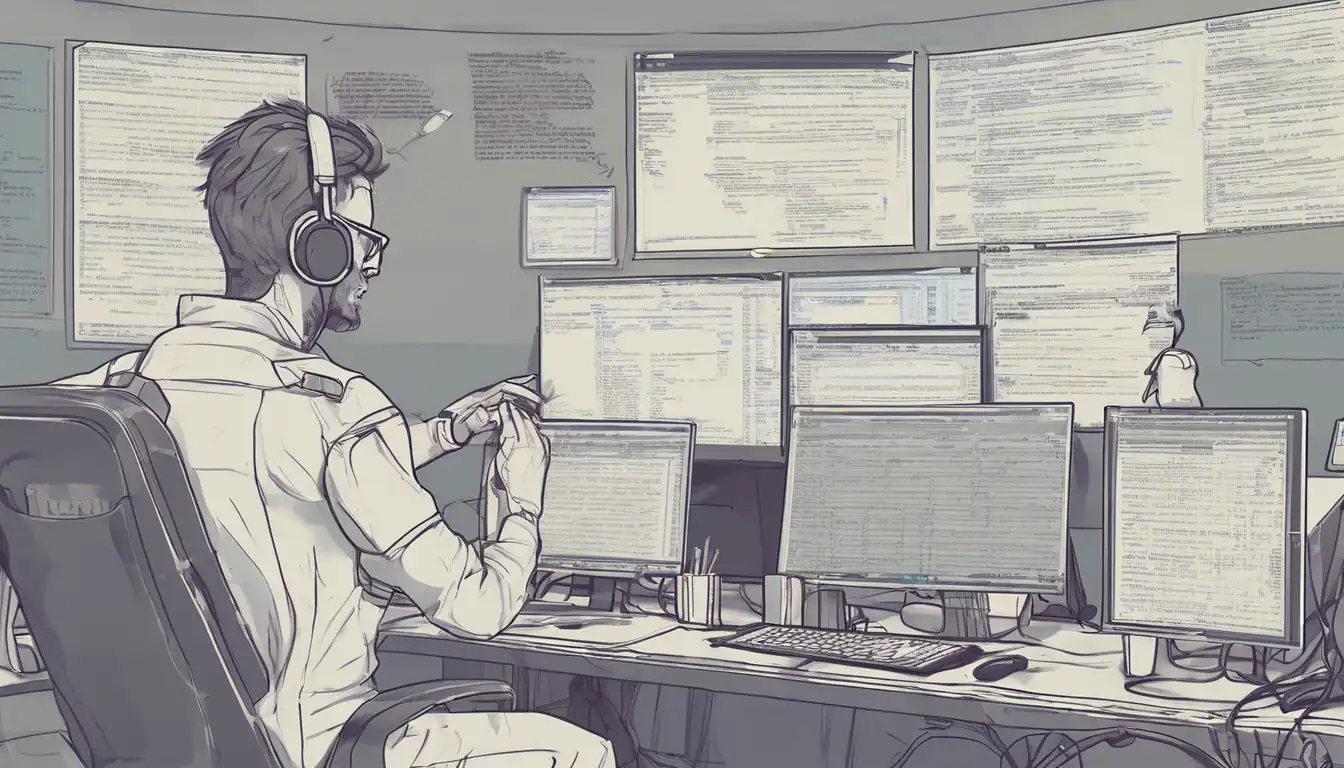Introduction to Professional Code Debugging
Debugging is an essential skill for any programmer, yet many struggle with it. This guide will walk you through the professional techniques to debug your code efficiently, saving you time and frustration.
Understanding the Debugging Process
Before diving into tools and techniques, it's crucial to understand what debugging entails. Debugging is the process of identifying and removing errors from your code to ensure it runs as intended.
Essential Debugging Tools
There are several tools available that can help streamline your debugging process. Here are a few must-haves:
- Integrated Development Environments (IDEs) with built-in debuggers
- Version control systems to track changes and identify when bugs were introduced
- Logging frameworks to record runtime information
Step-by-Step Debugging Techniques
Follow these steps to debug like a pro:
- Reproduce the Bug: Consistently reproducing the bug is the first step towards fixing it.
- Isolate the Problem: Narrow down the code section causing the issue.
- Use Breakpoints: Pause execution at critical points to inspect variables and flow.
- Check the Logs: Often, the answer lies in the logs you've been ignoring.
- Fix and Test: After applying a fix, test thoroughly to ensure the issue is resolved.
Common Debugging Pitfalls to Avoid
Even experienced developers can fall into common traps during debugging. Avoid these mistakes:
- Making assumptions without verifying
- Not taking breaks, leading to oversight
- Ignoring the importance of a fresh perspective
Advanced Debugging Strategies
For more complex issues, consider these advanced strategies:
- Binary search through your commits to find when a bug was introduced
- Pair programming to get a second set of eyes on the problem
- Using automated testing to catch regressions
Conclusion
Debugging is more art than science, requiring patience, practice, and the right tools. By adopting these professional techniques, you'll not only fix bugs more efficiently but also write more robust code in the first place. Remember, the goal is not just to debug but to understand why the bug occurred and how to prevent similar issues in the future.
For more insights into programming and software development, check out our programming tips section.
